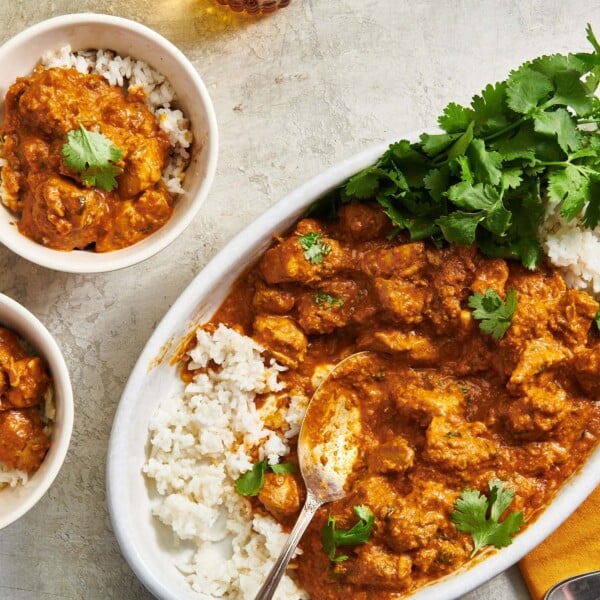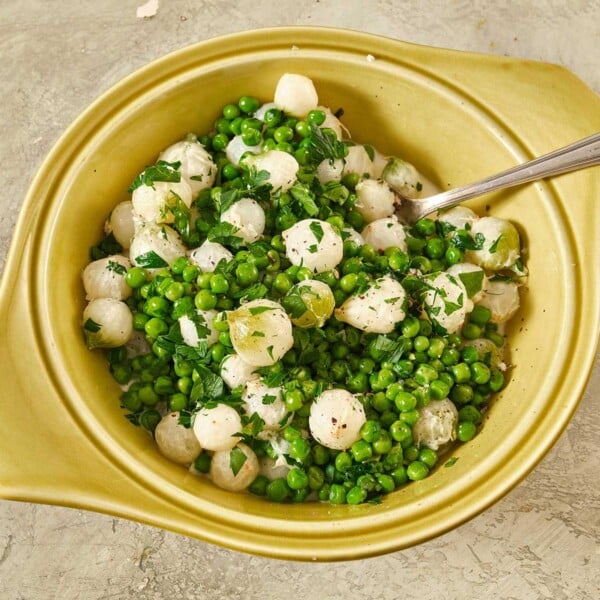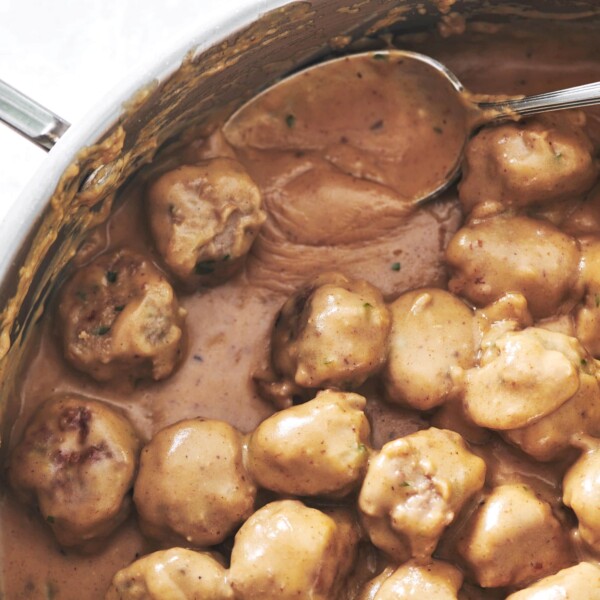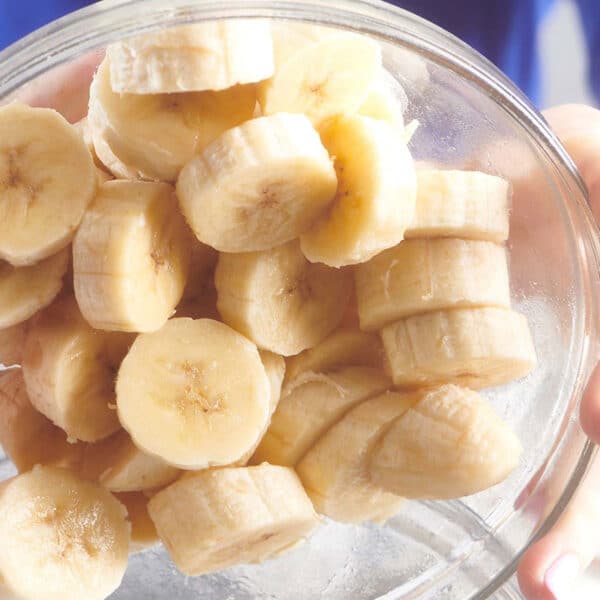What Bay Leaves Actually Do in Cooking
on Nov 20, 2025
This post may contain affiliate links. Please read our disclosure policy.

So…what do bay leaves actually do? Bay leaves are one of those tiny kitchen ingredients that quietly transform your cooking. Floating in soups, stews, and sauces, they don’t shout flavor…they build it. Understanding what bay leaves are, how to use them, and why recipes call for just one or two can turn a good dish into a memorable one.
In this guide, we’ll cover everything from fresh vs. dried bay leaves to cooking tips, storage, and why these unassuming leaves deserve a permanent spot in your pantry.
Let’s break it down!
By signing up, you agree to our Privacy Policy.
What's In This Post?

What Are Bay Leaves?
Bay leaves come from the bay laurel tree, an aromatic evergreen native to the Mediterranean. They have a subtle, slightly floral, herbal flavor that’s hard to describe, but you’ll know when it’s missing.
You’ll find bay leaves in both fresh and dried forms, though most recipes call for dried because drying concentrates their flavor and makes them shelf-stable. Dried bay leaves are readily available with the dried herbs and spices in grocery stores and supermarkets.
What Do Bay Leaves Do in Cooking?
Bay leaves don’t shout; they build. They add depth and complexity to dishes without being overpowering. When simmered in soups, stews, sauces, and braises, they slowly release essential oils that soften acidity, round out richness, and add a warm, herbal note that makes everything taste more well-rounded, more complete, more melded. They allow other ingredients and flavors to shine, while giving the dish nice depth of flavor.
Fresh vs. Dried Bay Leaves
- Dried Bay Leaves: This is what almost every recipe calls for, since they are shelf-stable and readily available in the dried spice section of the supermarket. They will last for up to a year.
- Fresh Bay Leaves: Milder, slightly grassy in flavor. If substituting fresh for dried, use twice the amount.
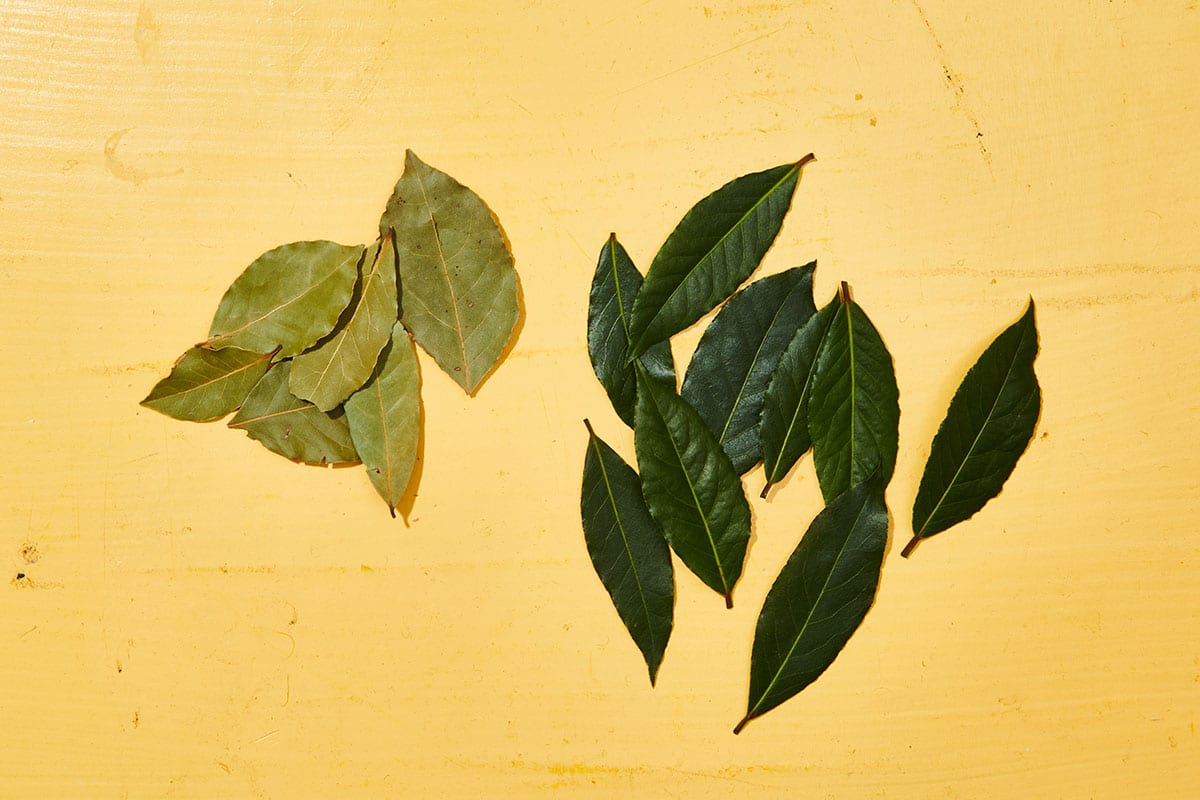
How Many Bay Leaves Should You Use?
Recipes almost always call for one or two leaves. That’s because bay leaves are strong, and too many can make a dish bitter. They are meant to subtly enhance, not dominate, your dish.
Cooking Tips
- Add bay leaves early in the cooking process so their flavor has time to infuse and diffuse!
- Remove before serving. No one wants to bite into a whole bay leaf.
- Bay leaves are perfect additions to slow-cooked dishes like soups, stews, tomatoes, sauces, braises, and other dishes that need just an extra something. They’re also commonly found alongside other spices in stocks and brines.
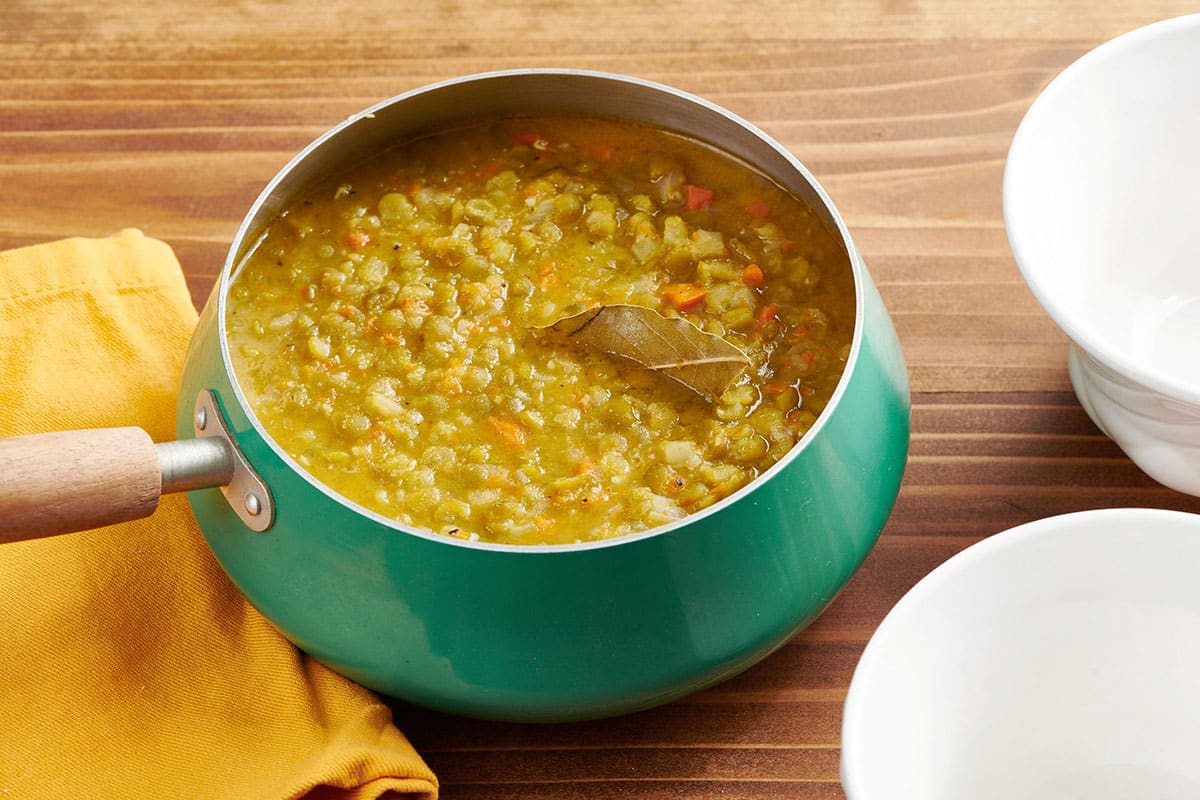
Storing Bay Leaves
- Dried: Keep in a cool, dark place in an airtight container. They can last longer than one year, but are best used within 12 months for optimal flavor.
- Fresh: Use within a week or two, or freeze them to extend shelf life. Frozen bay leaves will last up to 6 months.

Bay leaves are the quiet MVP of the kitchen. They don’t make a showy entrance, but they make lots of dishes taste better. The next time a recipe calls for a bay leaf, don’t skip it. It will pull its weight, and then some.
Pin this now to find it later
Pin It